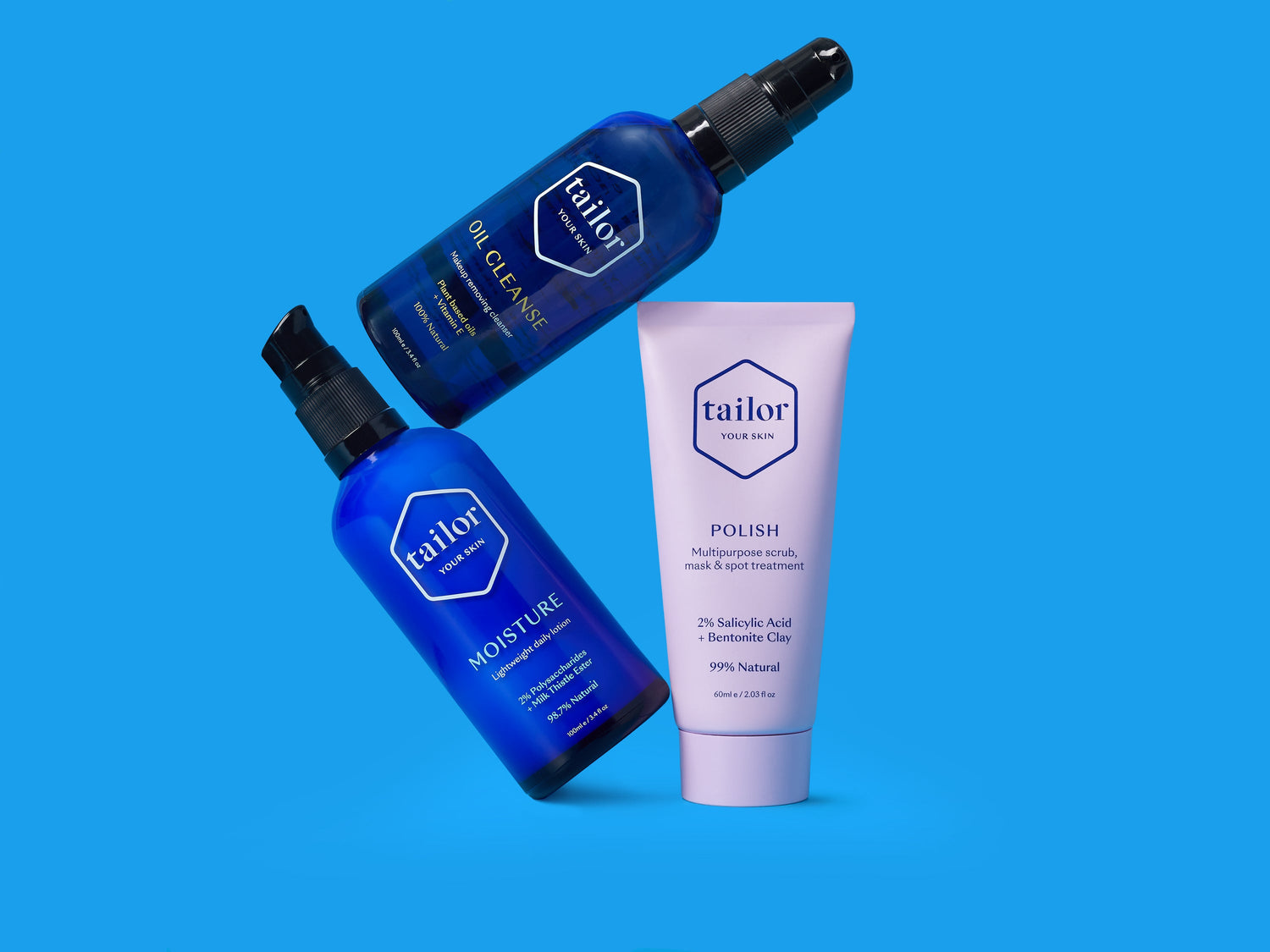What is Niacinamide?
This heavyweight player is popping up in skincare formulations worldwide, and it’s easy to see why.
Also known as vitamin B3, niacin and nicotinamide, this powerful antioxidant is known for its anti-ageing and anti-breakouts benefits. Also, its ability to boost skin brightness while reducing redness and sensitivity. Basically, whatever you’re looking for in your skincare, niacinamide should have you covered!
Benefits of Niacinamide
There’s not much niacinamide can’t do! It visibly reduces signs of ageing by increasing collagen production and reducing hyperpigmentation (more on this magic later!). It benefits breakout prone skin by balancing oil production and reducing enlarged pores. Niacinamide is anti-inflammatory, which is key for reducing breakouts and redness. It increases skin barrier function, for reduced sensitivity and increased hydration preservation.
Phew, that’s quite the list of accolades! Let’s take a deep dive into how niacinamide can help with each of your skin concerns…

Niacinamide anti-ageing benefits
If you’re concerned about signs of ageing, niacinamide is an ingredient you’ll definitely want in your routine. It helps in a variety of ways, including reducing fine lines and skin yellowing, and increasing barrier function.
Studies have shown that prolonged use (basically 12 weeks or longer of continuous use) leads to reduced fine lines and wrinkles - with more than a 20% improvement!
Niacinamide effectively fights the yellowing of skin - a result of photoaging - by inhibiting oxidative processes, such as protein oxidation, that occur in the skin after sun exposure. In non-sciency terms, it’s brightening powers lead to younger-looking skin.
As we know, dehydrated skin is one of the main culprits for signs of ageing in our skin. An exciting anti-ageing benefit of niacinamide is its ability to enhance barrier function. It increases the synthesis of fats and lipids such as ceramides and production of proteins like keratin for a stronger epidermis. Basically, it helps the skin to produce more of what it needs to better retain moisture, resulting in hydrated, plump skin.
Try Hydrate as an eye gel, as the niacinamide can help with the appearance of under eye circles, plumps and firms with hydration (the hyaluronic acid boosts this too!) and lessens the appearance of crow's feet.
Niacinamide for hyperpigmentation and melasma
Clinical studies across the world have seen some amazing results when treating hyperpigmentation and melasma with niacinamide. Niacinamide works to inhibit and prevent the transfer of the pigment within cells. One 12 week study saw a 14% increase in skin tone clarity and 15% increase in radiance.
If you have sensitive skin, you may find the high levels of active ingredients in Gold Dust too intense for your skin. Try niacinamide in Hydrate as a gentle alternative or for an intensive treatment booster try combining Hydrate with Gold Dust. 
Niacinamide and vitamin C
Speaking of Gold Dust - you may have heard that using niacinamide and vitamin C together is a big no-no. Let’s do some quick myth-busting...In the 1960’s, a study showed that using niacinamide with ascorbic acid (vitamin C) caused the niacinamide to convert to nicotinic acid - a form that causes skin irritation and redness. However, this conversion will only happen after a long period of time in very high temperatures. So for your everyday use at room temperature, you have nothing to worry about! In addition, your skin naturally contains vitamin C, so if these two weren’t compatible, we wouldn’t be able to use niacinamide in skincare at all.
Now we’ve myth busted, let’s discuss why these two are such a powerful combination. While they both brighten the skin by reducing hyperpigmentation, they do it in different ways. As mentioned above, niacinamide stops the transfer of pigment, while ascorbic acid hinders the enzyme needed for the production of pigment. Tackling the issue from two angles makes this duo a powerful combination for reducing hyperpigmentation.

Niacinamide for breakouts and reducing pore size
Niacinamide performs a few key functions that greatly benefit breakout prone skin; the first being oil control. It works to help the skin balance sebum (oil) production, resulting in less blocked pores. In addition, niacinamide also normalises the pore lining, which in turn reduces the pore size and helps keep pores clear from getting clogged with impurities. When pores get clogged, they stretch to compensate - hence the enlarged size.
For the best results, pair niacinamide (Tailor Hydrate) with Polish, which contains bentonite clay and salicylic acid to breakdown and draw out impurities.
Niacinamide has anti-inflammatory properties, which when paired with its sebum-reducing abilities, is critical for controlling and reducing breakouts.

Side effects of Niacinamide
Niacinamide is the most well studied form of vitamin B3, and is generally thought to be the most effective and have the least risk of irritation or flushing, as often seen with nicotinic acid.
To sum it all up, niacinamide is a skin hero for those concerned with ageing, breakouts, sensitivity and uneven skin tone. You can find the optimal concentration of 4% in the new Tailor Hydrate. Get yours now!

References
Bissett DL, Oblong JE, Berge CA. Niacinamide: A B vitamin that improves aging facial skin appearance. Dermatol Surg. 2005 Jul;31(7 Pt 2):860-5; discussion 865. doi: 10.1111/j.1524-4725.2005.31732. PMID: 16029679.
Bissett DL, Miyamoto K, Sun P, Li J, Berge CA. Topical niacinamide reduces yellowing, wrinkling, red blotchiness, and hyperpigmented spots in aging facial skin. Int J Cosmet Sci. 2004 Oct;26(5):231-8. doi: 10.1111/j.1467-2494.2004.00228.x. PMID: 18492135.
Forbat, Emily & Al-Niaimi, Firas & Ali, Faisal. (2017). Use of nicotinamide in dermatology. Clinical and Experimental Dermatology. 42. 10.1111/ced.13021.
Levin J, Momin SB. How much do we really know about our favorite cosmeceutical ingredients? J Clin Aesthet Dermatol. 2010 Feb;3(2):22-41. PMID: 20725560; PMCID: PMC2921764.
Matts, Paul & Oblong, John & Bissett, D.L.. (2002). A Review of the range of effects of niacinamide in human skin. Int Fed Soc Cosmet Chem Mag. 5. 285-289.
Bissett DL, Oblong JE, Saud A, et al. Topical niacinamide provides skin aging appearance benefits while enhancing barrier function. In: Elsner P, Maibach HI. (Eds,) Cosmeceuticals and Active Cosmetics, 2nd edn. New York: Taylor & Francis Group, 2005,421-440.
Ungerstedt JS, Blomback M, Soderstom T. Nicotinamide is a potent inhibitor of proinflammatory cytokines. Clin Exp Immunol 2003;131:48-52Fivenson DP, Breeman DL, Rosen GB, et al. Nicotinamide and tetracycline therapy of bullous pemphigoid. Arch Dermatol. 1994;130960;753-758
Hakozaki T, Minwalla, Zhuang J, et al. The effect of niacinamide on reducing cutaneous pigmentation and suppression of melanosome transfer. Br J Dermatol 2002;147:20-31.
Draelos ZD, Matsubara A, Smiles K. The effect of 2% niacinamide on facial sebum production. J Cosmet Laser Ther. 2006 Jun;8(2):96-101. doi: 10.1080/14764170600717704. PMID: 16766489.

